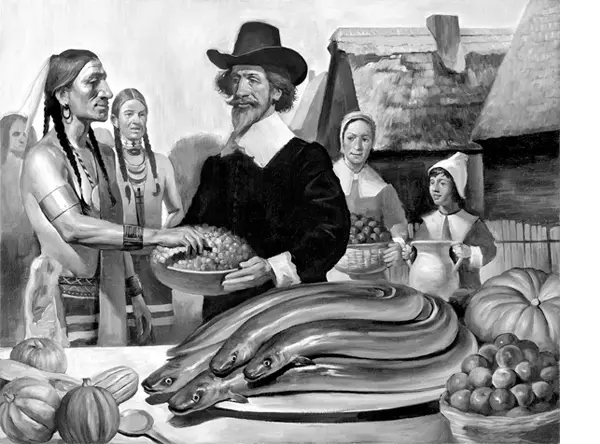The colonial era was a time of discovery and exploration. Several countries were racing to stake their claim on the recently discovered North American content, and as settlements were established, a new way of life developed for those in the “New World.” One of the many changes for the new settlers was the type of food they ate. While they continued to eat many of the staples from their home country, they also developed new meals based on the animals and plants found in North America. The diet of people in the colonial era was very different than the diet we enjoy today. In this list, you’ll read all about the things people ate in colonial times, and it will make you appreciate what you have in your pantry so much more!

Tripe
Tripe is a dish you may have heard of before but probably never had the inclination to try. Tripe refers to the soft inner lining of an animal’s stomach, usually cows or deer. While the raw intestines look very unappetizing, this was a very common food eaten during colonial times and was often served in soups or stews. Tripe is still eaten regularly in many parts of the world, including Asia, Africa, and some European countries. Despite its unappealing look, tripe is actually a very healthy food. It’s rich in zinc, selenium, and vitamin B12. Eating tripe probably helped the early colonists keep up with their daily vitamin intake!











































